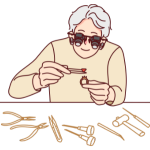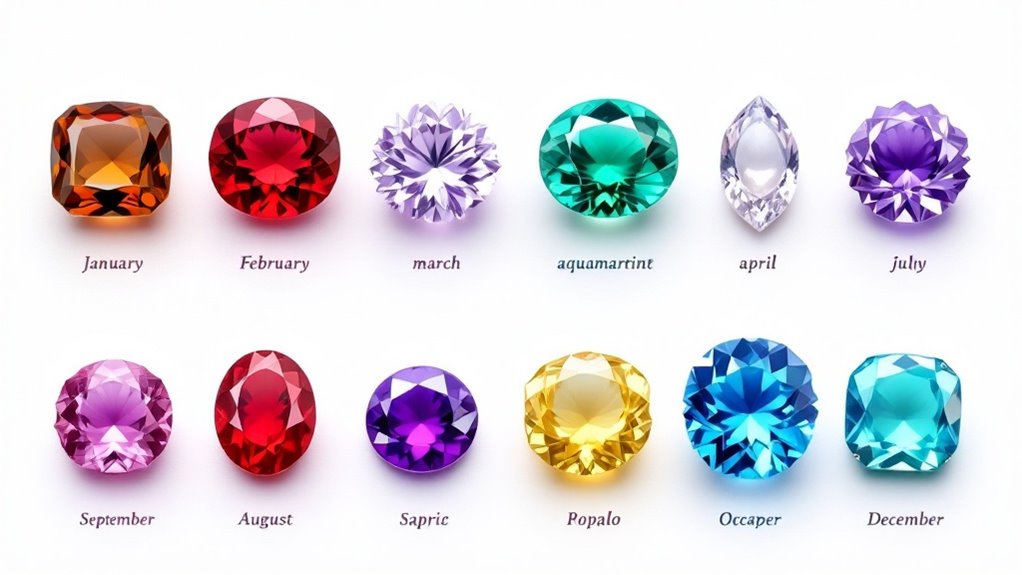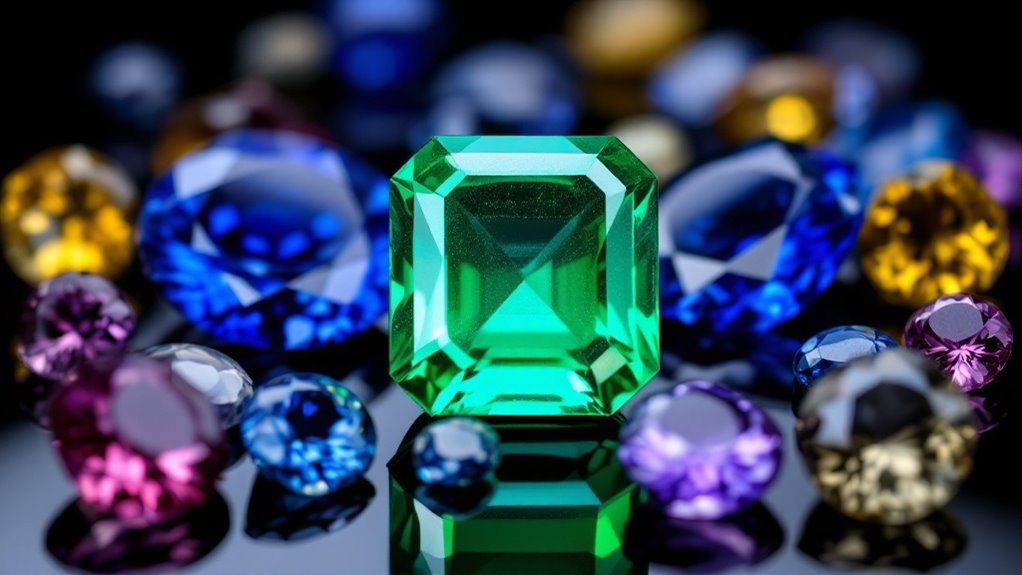3D printing techniques are transforming jewelry design by enabling the creation of intricate and personalized pieces. Designers can experiment with complex geometries using advanced methods like binder jetting and castable wax resins. These techniques offer high-resolution prints, capturing fine details that were previously challenging. With a range of materials, including metal powders and precious metal clays, 3D printing supports sustainable practices while minimizing waste. Discover how this technology is reshaping the future of jewelry creation.
Evolution of 3D Printing in Jewelry Design
Although the integration of 3D printing into jewelry design might seem like a recent innovation, its roots trace back to the early 2000s, when selective laser sintering first began to reshape the industry. This technique enabled intricate designs and enhanced customization, surpassing traditional methods. Technological advancements introduced materials like castable wax resins, fostering precision. Furthermore, eco-friendly options emerged, reflecting ongoing progress in materials used for jewelry design.
Advantages of 3D Printing for Jewelry Designers
Building on the historical development of 3D printing in jewelry design, it’s important to explore the tangible benefits this technology offers to modern designers. 3D printing enables intricate designs and customization, reducing production time through rapid prototyping. Jewelry designers benefit from sustainable practices by minimizing material waste and producing detailed models, leading to innovative jewelry.
| Benefit | Description |
|---|---|
| Intricate Designs | Allows creation of complex, detailed pieces |
| Customization | Easily meets individual customer preferences |
| Sustainable Practices | Minimizes material waste, promoting eco-friendly production |
Key Materials Used in 3D Printed Jewelry
In the fascinating world of 3D printed jewelry, understanding the key materials used is essential for designers aiming to access the full potential of this technology. Castable resins and wax materials are favored for intricate designs, while metal filaments and precious metal clays offer solid metal creations. Rubber mold resins support the manufacturing process by ensuring detailed pieces can be consistently reproduced in jewelry design.
Techniques and Methods in 3D Jewelry Printing
Understanding the key materials in 3D printed jewelry lays a strong foundation for exploring the innovative techniques and methods that bring these designs to life. 3D printing enables intricate designs in jewelry production through techniques like binder jetting and the use of castable wax resins. High-resolution prints, created using advanced materials and metal powders, allow for cost-effective production of complex geometries, enhancing creativity and precision in crafting jewelry.
Future Trends in Jewelry Design With 3D Printing
As the landscape of jewelry design continues to evolve, 3D printing stands at the forefront of this transformation, poised to redefine how jewelry is conceived and created. Future trends include:
- Hyper-personalization: Consumers create personalized pieces reflecting individual preferences.
- Complex geometries: Innovations allow intricate designs previously unattainable.
- Sustainable materials: Eco-friendly options enhance jewelry manufacturing.
- Customization: Additive manufacturing fosters unique, innovative jewelry design.





Leave a Reply